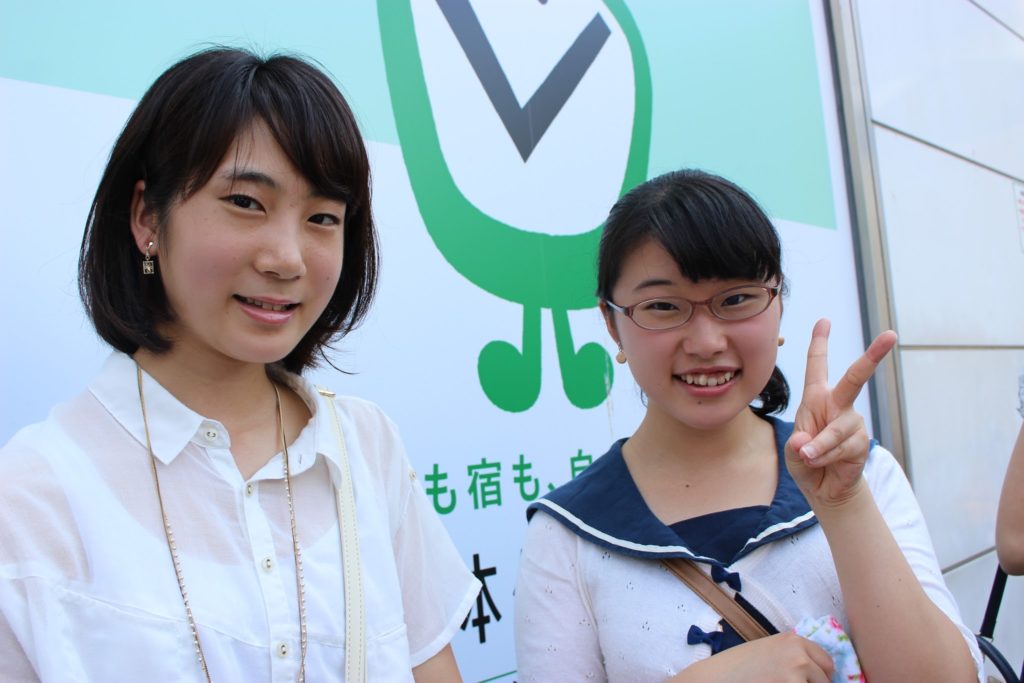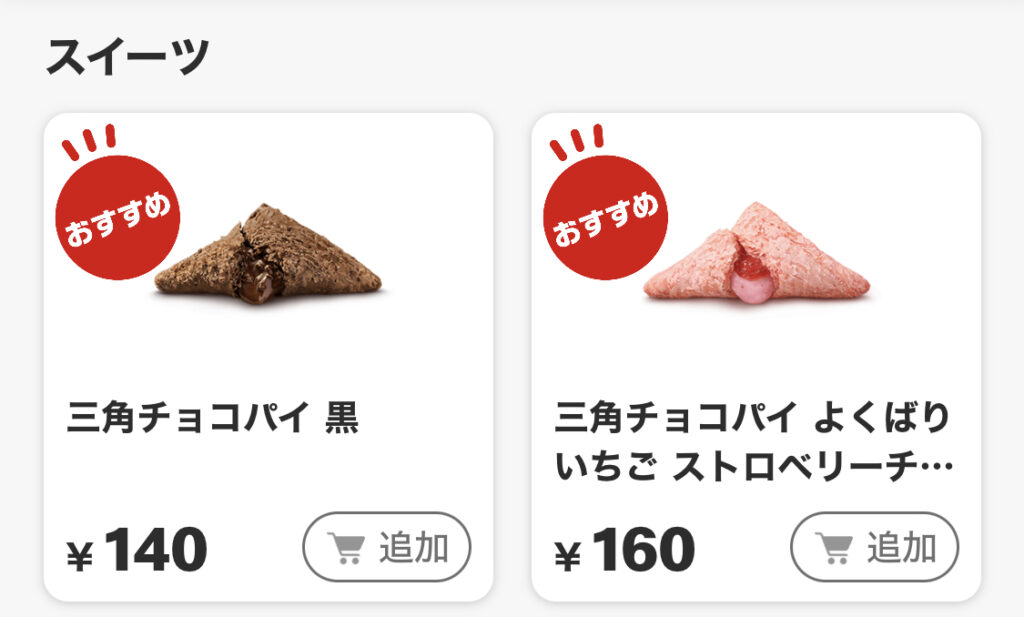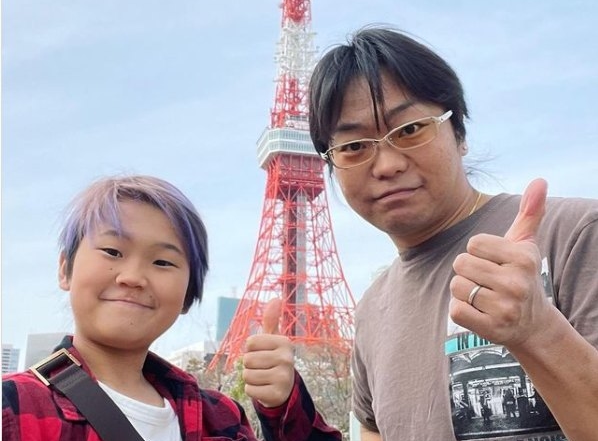
In Japan, rice is more than just a staple food. It is deeply rooted in the country's culture and traditions, with rituals and ceremonies surrounding its cultivation and harvest. One of the most significant of these traditions is the annual rice planting ritual, known as "taue" in Japanese.
Taue is a time-honored practice that dates back centuries, and it remains an important cultural event in many rural communities across Japan. It typically takes place in late May or early June, when the rice paddies are ready for planting.
The process of rice planting begins with the preparation of the paddies. Farmers carefully plow the fields, level the soil, and fill the paddies with water to create a shallow pool. The next step is to prepare the seedlings, which are grown in trays or small pots in a greenhouse.
How the Ancient Japanese planted rice- and how we can see it today | Kobe Japan
On the day of the taue ritual, villagers gather at the rice fields to begin the planting. The ceremony is usually led by a Shinto priest, who performs a purification ritual to bless the paddies and the seedlings.
Participants then take turns planting the seedlings by hand, following a specific pattern and rhythm. They wade through the water, bending down to place each seedling in the soil, taking care to space them evenly.
The planting process can take several hours, depending on the size of the paddies and the number of participants. But for many, it is a time to come together and celebrate the community's connection to the land and the rice that sustains them.
After the planting is complete, the paddies are left to grow for several months, with farmers carefully tending to them to ensure a healthy crop. The rice is then harvested in the fall, and the cycle begins anew.
In addition to its cultural significance, rice planting is also an important part of Japan's agricultural heritage. Many farmers still rely on traditional methods of planting and harvesting, and the taue ritual serves as a reminder of the importance of preserving these practices for future generations.
For visitors to Japan, witnessing a taue ceremony can be a fascinating and unique experience, offering a glimpse into the country's rich agricultural and cultural traditions. Some communities even offer opportunities for visitors to participate in the planting, providing a hands-on way to connect with Japan's rural heritage.
In conclusion, the annual rice planting ritual of taue is a beautiful and time-honored tradition that celebrates Japan's connection to the land and the importance of rice in the country's culture and history. Whether as a spectator or participant, experiencing this ritual is a meaningful way to connect with Japan's agricultural heritage and the people who continue to preserve it.














































































































(わが国で未承認の難治性ニキビ治療薬).jpg)


















逮捕.jpg)




















































































































































ってのは可能なんだろうか?.jpg)

























